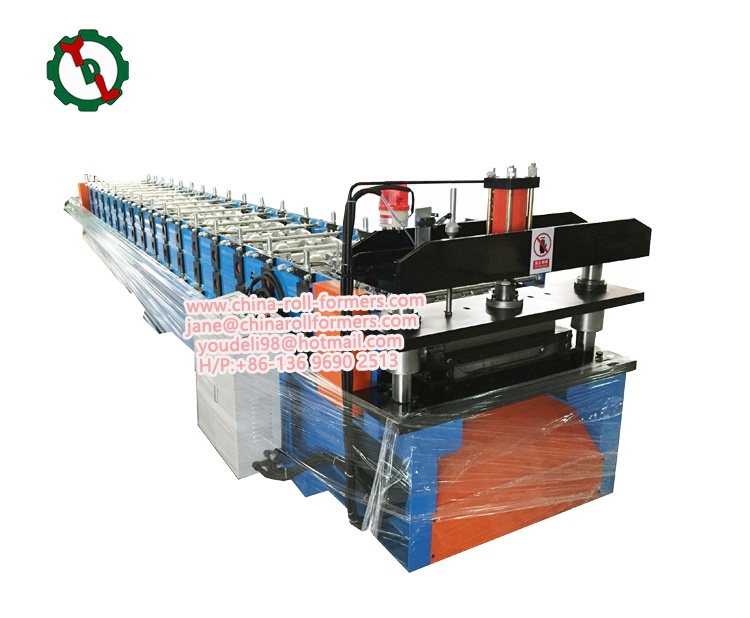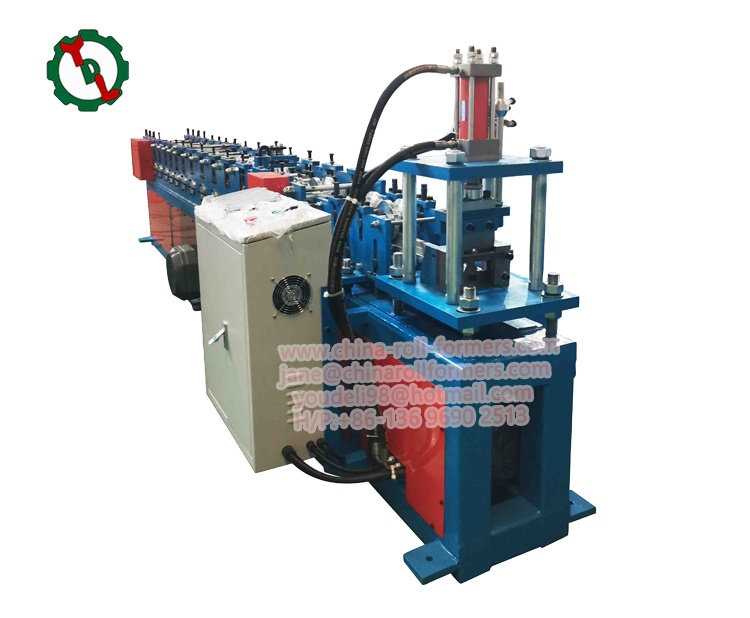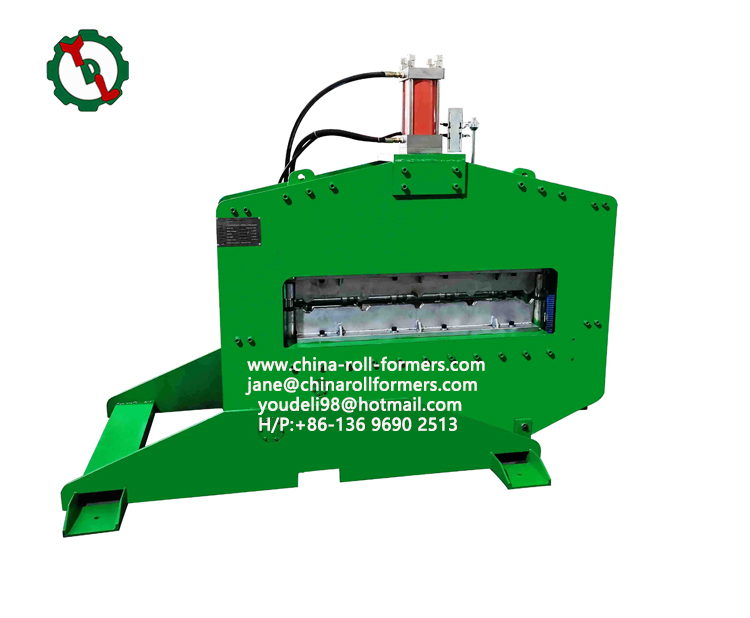In the world of manufacturing and metal processing, precision and efficiency are crucial. One essential piece of equipment that aids in these processes is the hydraulic uncoiler. This article will delve into the intricacies of it, exploring their design, functionality, applications, and advantages in various industries.
Understanding the Hydraulic Uncoiler
A hydraulic uncoiler is a mechanical device designed to unwind or uncoil materials, typically metal strips or coils, from a rolled form. This equipment utilizes hydraulic power to facilitate the uncoiling process, ensuring smooth and controlled material handling. They are commonly used in conjunction with other machinery in metal forming, stamping, and fabrication operations.
The Mechanism of Hydraulic Uncoilers
The primary function of this device is to manage the unwinding of coils without causing damage to the material. The hydraulic system is essential for achieving this. Here’s how it works:
- Hydraulic Cylinder: The core component is its hydraulic cylinder, which, when activated, exerts force on the coil, enabling it to unroll smoothly.
- Variable Tension Control: Equipped with tension control systems, these uncoilers adjust the amount of tension applied to the coil, preventing damage to sensitive or thin sheets.
- Payoff Mechanism: This mechanism ensures the material is fed at the correct speed and tension, and can be synchronized with other machines in the production line, such as feeders and presses.
- Base and Support Structures: Typically mounted on robust bases, the design of these support structures is crucial for stability and safety during operation.

Types of Hydraulic Uncoilers
They come in various designs, tailored for specific applications and materials. The most common types include:
- Single-Arm Uncoilers: These uncoilers feature a single arm that holds the coil. They are suitable for lighter coils and are simpler in design.
- Double-Arm Uncoilers: These have two arms to support heavier coils and provide better balance. They are often used in high-volume production environments.
- Automatic Uncoilers: Fully automated models allow seamless integration into production lines, equipped with sensors and controls for monitoring and adjusting the uncoiling process.
- Portable Uncoilers: Designed for flexibility, these can be moved to different locations in a facility. They are ideal for operations where space is limited or where multiple production lines are in use.
Applications of Hydraulic Uncoilers
They are versatile and find applications across various industries, including:
- Metal Fabrication: Crucial for feeding materials into laser cutting, stamping, and bending machines while maintaining tension.
- Automotive Manufacturing: The automotive industry relies heavily on hydraulic uncoilers for processing steel and aluminum sheets. These sheets are essential for constructing various vehicle components, from body panels to frames.
- Construction: In construction, they are used for handling materials like rebar and structural steel. The ability to control tension is vital to ensure safety and prevent accidents.
- Aerospace: The aerospace sector often requires precision-engineered components. They help manage high-strength alloys and composite materials used in aircraft manufacturing.
- Electronics: In electronics manufacturing, where thin metal foils are common, they help manage delicate materials that require careful handling to avoid damage.

Advantages of Hydraulic Uncoilers
The use of hydraulic uncoiling systems presents several advantages that enhance operational efficiency and product quality:
- Enhanced Control: Hydraulic systems offer superior control over the uncoiling process, allowing operators to easily adjust tension and speed for accurate material feeding.
- Reduced Material Damage: By managing uncoiling tension, these systems minimize the risk of damage to materials, which is crucial for thin or high-value sheets.
- 生産性の向上: The efficiency of hydraulic systems allows for faster material handling, reducing downtime and boosting overall production rates.
- Automation Compatibility: Many hydraulic uncoilers can be integrated into automated production lines, improving workflow and decreasing the need for manual intervention.
- 汎用性がある: These systems can accommodate a wide range of coil sizes and materials, making them suitable for various industries and applications.
Key Considerations When Selecting a Hydraulic Uncoiler
When choosing a hydraulic uncoiler for your operation, several factors should be considered:
- Coil Weight and Size: Determine the maximum weight and size of the coils you will be working with. This will help in selecting the appropriate uncoiler type.
- Material Type: Different materials may require specific handling techniques. Ensure the uncoiler can accommodate the materials you intend to use.
- Integration with Existing Systems: Consider how the uncoiler will fit into your current production line, ensuring compatibility with other machines and automation systems.
- Control Features: Look for uncoilers with advanced control features that allow for easy adjustments to tension and speed.
- 安全機能: Ensure the uncoiler is equipped with safety mechanisms to protect operators and prevent accidents during operation.
Maintenance of Hydraulic Uncoilers
Proper maintenance of it is essential for ensuring longevity and optimal performance. Key maintenance practices include:
- 定期検査: Routine inspections can help identify wear and tear, leaks, or any malfunctioning components.
- Hydraulic Fluid Checks: Regularly check the hydraulic fluid levels and quality, replacing fluids as necessary to ensure smooth operation.
- 潤滑: Keep moving parts well-lubricated to prevent friction and wear, which can lead to breakdowns.
- クリーニング: Clean the uncoiler regularly to remove debris and contaminants that could interfere with its operation.
- オペレーター・トレーニング: Ensure operators are adequately trained to use the equipment safely and efficiently, minimizing the risk of accidents.
結論
In summary, a hydraulic uncoiler is a vital component in many manufacturing processes, providing efficient and precise handling of coils and sheets. Its hydraulic system offers superior control, reducing material damage and enhancing productivity. With applications across various industries, it has proven to be an invaluable asset in modern production environments.When selecting a hydraulic uncoiler, it is essential to consider factors such as coil size, material type, and integration capabilities. By maintaining these machines properly, businesses can ensure their operational efficiency and longevity, ultimately contributing to greater success in their respective industries.






